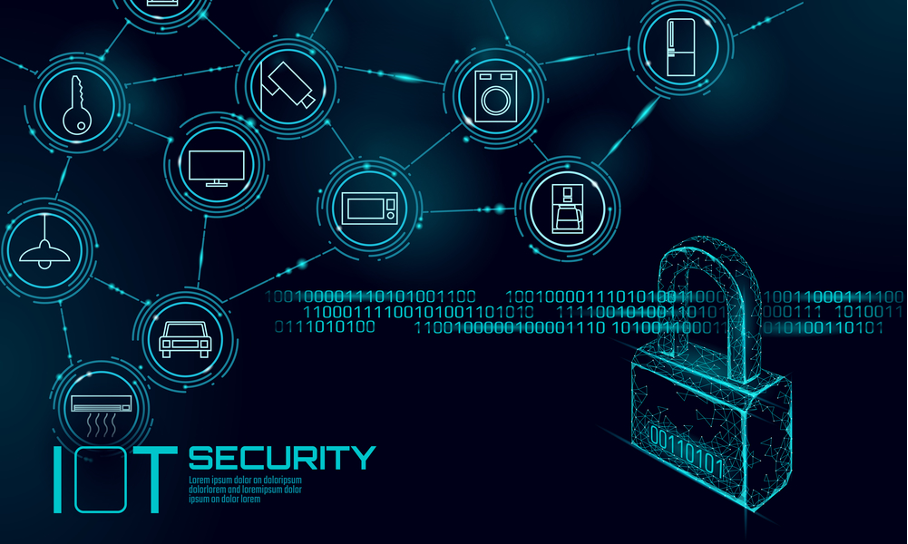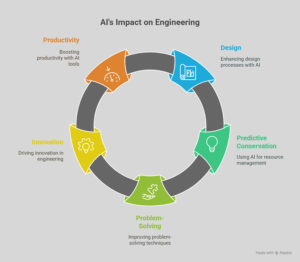12 IoT Security Risks Every Business Must Address
Introduction
The Internet of Things (IoT) has revolutionized industries by enhancing automation, efficiency, and connectivity. However, as businesses increasingly integrate IoT devices into their operations, security risks have become a major concern. Poorly secured IoT devices can be entry points for cyberattacks, leading to data breaches, operational disruptions, and financial losses. This article outlines 12 critical IoT security risks every business must address to safeguard their digital ecosystem.
1. Weak Authentication and Authorization
Many IoT devices use default or weak passwords, making them vulnerable to brute-force attacks. Businesses must enforce strong password policies, multi-factor authentication (MFA), and role-based access control (RBAC) to limit unauthorized access.
2. Lack of Encryption
Without encryption, data transmitted between IoT devices and servers can be intercepted by attackers. End-to-end encryption (E2EE) should be implemented to protect sensitive information from eavesdropping and tampering.
3. Unpatched Firmware and Software
Outdated firmware and software are common attack vectors. Businesses should regularly update and patch IoT devices to fix security vulnerabilities and ensure they are protected against emerging threats.
4. Insecure Network Communications
IoT devices often communicate over unsecured networks, increasing the risk of man-in-the-middle (MITM) attacks. Secure communication protocols such as TLS (Transport Layer Security) and VPNs should be used to protect data in transit.
5. Insufficient Physical Security
IoT devices placed in accessible locations can be physically tampered with, leading to unauthorized access. Businesses should implement physical security measures such as locks, surveillance, and tamper-resistant hardware.
6. Poor Device Identity Management
Without proper identity management, it is difficult to track and control IoT devices. Implementing unique device identifiers and secure provisioning processes helps businesses manage and authenticate devices effectively.
7. Insecure APIs
Application Programming Interfaces (APIs) are often used to integrate IoT devices with other systems. Poorly secured APIs can expose sensitive data and provide attackers with a way to exploit devices. Businesses should enforce API security best practices, such as authentication, rate limiting, and regular security testing.
8. Data Privacy Concerns
IoT devices collect vast amounts of data, some of which may be sensitive. Businesses must comply with data protection regulations like GDPR and CCPA by ensuring proper data handling, storage, and access controls.
9. Insider Threats
Employees or contractors with access to IoT systems can pose security risks, whether intentionally or unintentionally. Businesses should implement strict access controls, monitor activity logs, and provide security training to mitigate insider threats.
10. Lack of Security Monitoring
Without continuous monitoring, businesses may not detect suspicious activities or security breaches in time. Implementing intrusion detection systems (IDS) and real-time analytics can help identify threats early and respond proactively.
11. Supply Chain Vulnerabilities
Many IoT devices rely on third-party components, which may have security weaknesses. Businesses should vet suppliers, conduct security audits, and use trusted vendors to reduce supply chain risks.
12. Scalability and Security Challenges
As businesses expand their IoT deployments, managing security at scale becomes complex. Implementing centralized security management platforms and automated security policies can help maintain a secure IoT infrastructure as it grows.
Conclusion
IoT security risks can have severe consequences for businesses if not properly managed. By addressing these 12 key threats, organizations can significantly reduce their risk exposure and build a more secure IoT environment. Proactive security measures, continuous monitoring, and compliance with industry standards are essential to safeguarding IoT ecosystems from cyber threats.





